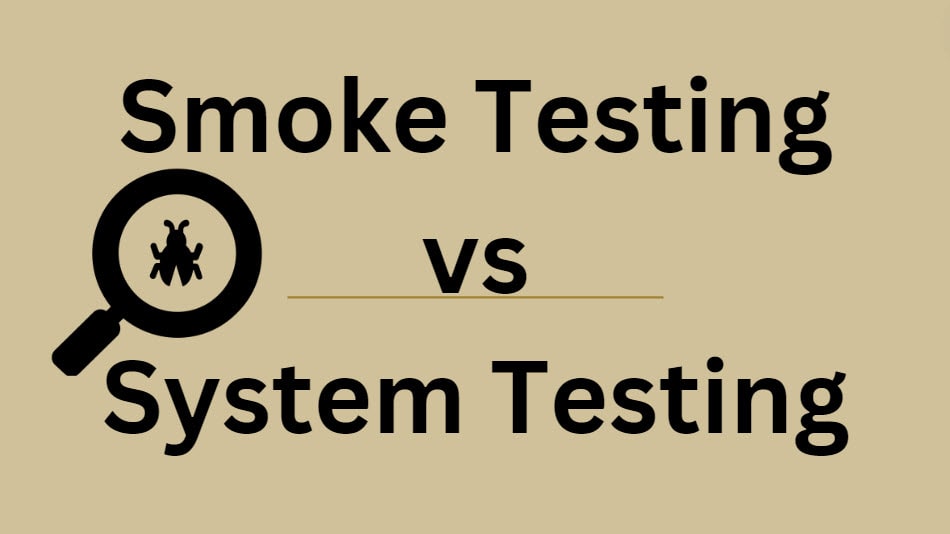Smoke testing and system testing are two different types of software testing that serve distinct purposes in the development process.
Smoke Testing
Smoke testing is a preliminary type of testing that aims to quickly verify if a software system’s major functionalities are working as expected. It’s often performed after a new build or release to ensure that the critical features are operational before proceeding with more in-depth testing. Smoke testing typically covers the entire system or application but focuses on core functionality rather than detailed testing.
Characteristics of smoke testing
- It’s a subset of acceptance testing
- It’s usually documented and scripted
- It verifies basic, critical functionalities
- It’s performed early in the testing process
System Testing
System testing, on the other hand, is a more comprehensive form of testing that evaluates the entire system against specified requirements. It examines how different components of the system work together and verifies that the system meets its functional and non-functional requirements.
Characteristics of system testing
- It’s more extensive and detailed than smoke testing
- It covers all integrated components of the system
- It verifies both functional and non-functional requirements
- It’s typically performed after integration testing but before acceptance testing
Here’s a tabular comparison of smoke testing vs system testing
| Based on | Smoke Testing | System Testing |
|---|---|---|
| Purpose | To verify basic functionality and stability | To evaluate the entire system against specified requirements |
| Scope | Covers critical functionalities | Comprehensive testing of the entire system |
| Depth | Shallow, quick tests | In-depth, detailed tests |
| Timing | Early in the testing process, often after a new build | After integration testing, before acceptance testing |
| Duration | Short, typically a few minutes to a few hours | Longer, can take days or weeks |
| Focus | Stability and critical path testing | Functionality, performance, and compliance with requirements |
| Objective | To decide if the build is stable enough for further testing | To ensure the system meets all specified requirements |
| Performed by | Developers or testers | Dedicated testing team |
| Bugs Found | Major, show-stopper bugs | All types of bugs, including minor issues |
You may also like following the articles below
In summary, while smoke testing is a quick check to ensure basic functionality, system testing is a thorough examination of the entire system’s performance and compliance with requirements. Smoke testing is often used as a precursor to more in-depth testing phases, including system testing.

My name is Madhu, and I’m a certified Test Consultant with more than 16 years of hands-on experience developing and maintaining manual and Test Automation in the Software industry. I have experience with automation tools such as Selenium, Katalon Studio, etc.
